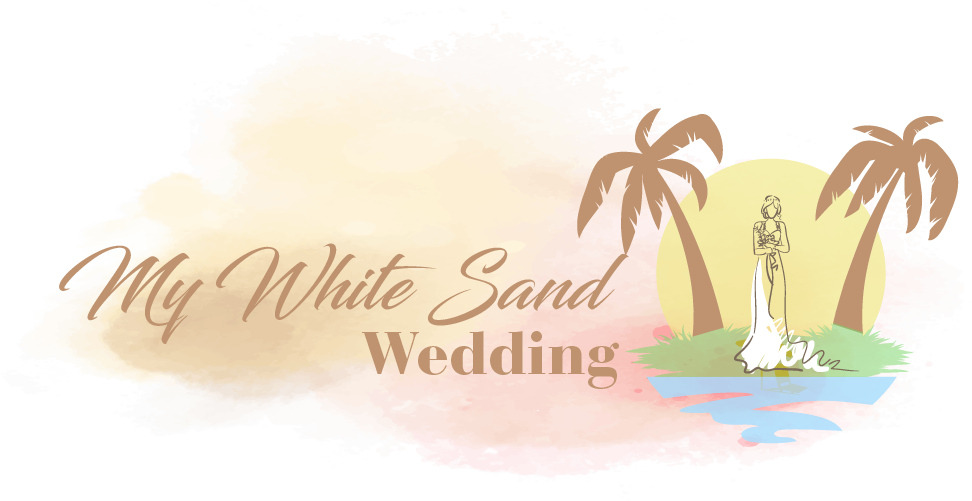Wedding cakes and regular cakes may sometimes not look too different. But when you consider the cost, time, and other factors involved in baking both types of cakes, you will find some marked differences.
So, wedding cake vs. regular cake, what are the differences?
Wedding cakes and regular cakes differ in several ways, primarily in their baking process, taste, and purpose. But beyond that, they fall within different price ranges.
Below, we look further into the differences between wedding cakes and regular cakes. We also cover some FAQs about wedding cakes.
Read on for the details.
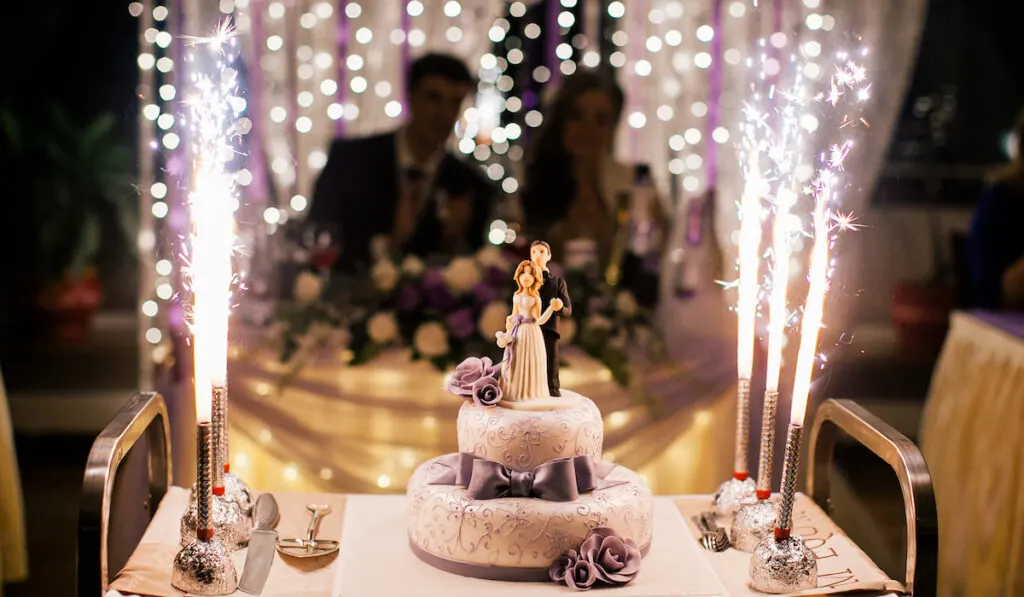
Table of Contents
8 Differences Between a Wedding Cake and a Regular Cake
Purpose
Obviously, a baker will make a wedding cake for a wedding.
But a regular cake can be for any other event, including birthdays, anniversaries, Christmas parties, baby showers, and wedding proposals. In fact, sometimes, people bake regular cakes for the sole purpose of munching on something.
Structure
Bakers generally use the same or similar batter and recipes for wedding cakes and regular cakes. However, the structures of both cake types differ.
Generally, wedding cakes have multiple tiers, while regular cakes typically have one-tier.
Due to their multiple tiers, bakers craft wedding cakes with sturdy internal support systems, which can hold the weight of the cake tiers.
With a sturdy internal support system, the appearance of a wedding cake is sure to meet expectations.
Besides the internal support, bakers put in a lot of effort to ensure that the layers of each wedding cake tier are level. If the layers of each cake tier are not level, the cake will not align as it should when the baker stacks the tiers.
Traditionally, wedding cakes come with three tiers.
Of the three tiers, the tier at the bottom is meant for consumption at the ceremony. The one in the middle is for distribution after the wedding. Then the top tier is for their first anniversary or first child’s christening.
Of course, the three-tier structure of wedding cakes is not set in stone. You will find that some couples opt for cakes with more than three tiers these days.
In the same way, some people prefer two-tier or single-tier cakes. But if it is a tiered cake, it is more likely to be a wedding cake instead of a regular cake.
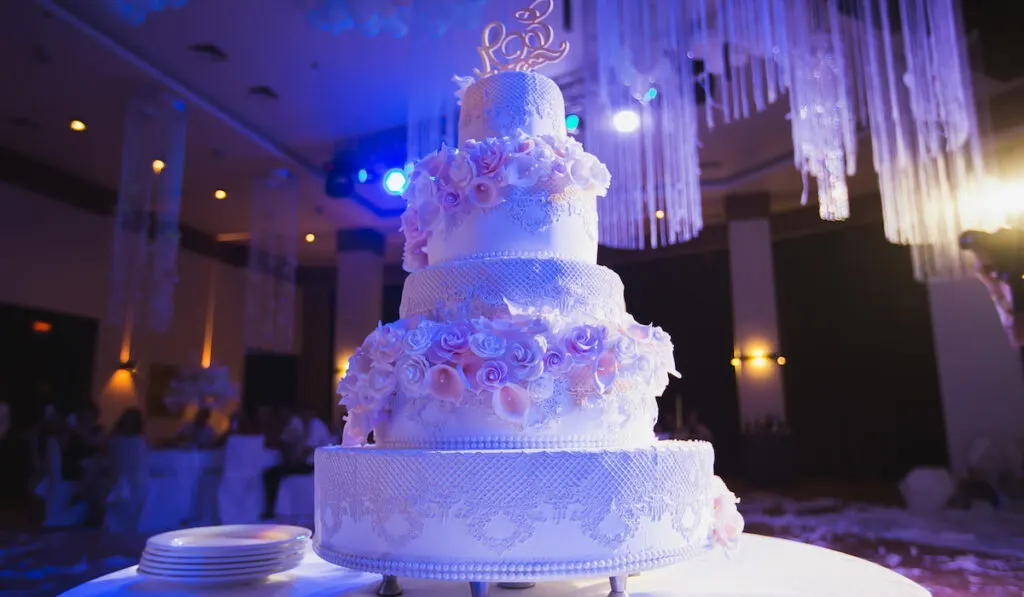
Size
As you may have guessed, wedding cakes are typically bigger than regular cakes. This is understandable because wedding cakes usually come in multiple tiers.
Beyond the fact that they usually come in multiple tiers, wedding cakes are typically meant for large guest counts. So, they must be big enough to feed every guest at the wedding.
Unlike wedding cakes, regular cakes rarely ever come in tiers.
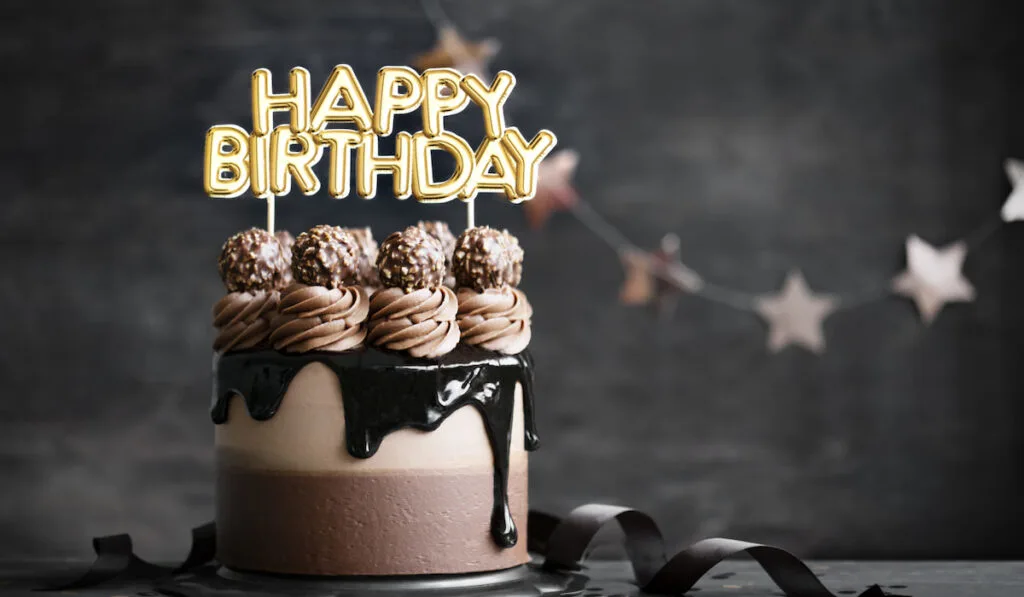
Regular cakes are for occasions that feature relatively fewer guests than weddings. Therefore, regular cakes are much smaller than wedding cakes.
When ordering a cake for your wedding, the diameter of each tier depends, in part, on your guest count.
The following is an estimate of how many people the different cake sizes can serve:
- 6-inch cake – up to 10 servings
- 8-inch cake – up to 24 servings
- 10-inch cake – up to 38 servings
- 12-inch cake – up to 56 servings
- 14-inch cake – up to 65 servings
- 16-inch cake – up to 85 servings
So, for instance, if you invited up to 100 guests and wanted a three-tier cake, you’d need a 12-inch cake, a 10-inch cake, and an 8-inch cake. This combination offers up to 118 servings together.
Color
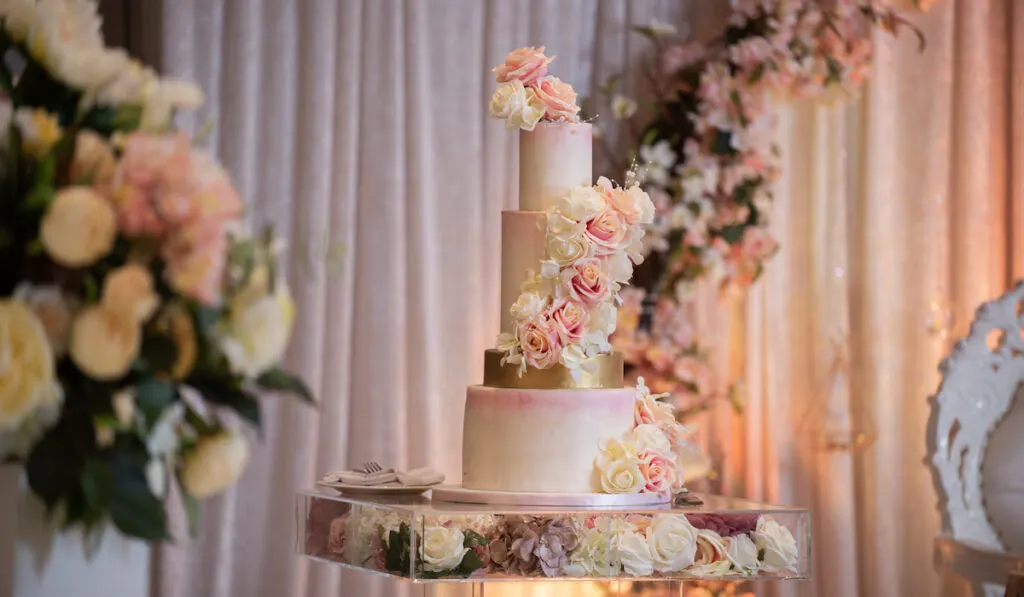
Wedding cakes are typically white or pastel.
Of course, this does not mean you will not find wedding cakes in other colors. It only means that you are more likely to find a white or pastel wedding cake.
Unlike wedding cakes, you can find regular cakes in any color. There isn’t really any standout color when making regular cakes.
For instance, a birthday cake for a child will most likely come in the child’s favorite color, which could be anything.
Time
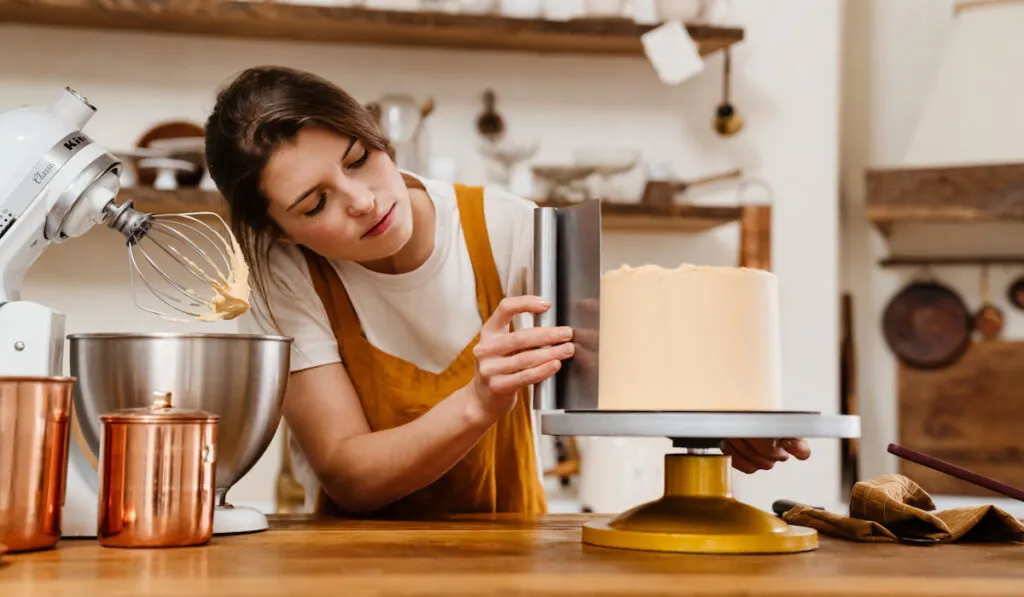
This goes without saying, but bakers typically spend more time baking wedding cakes than regular cakes. Even before the baking starts, bakers may spend a lot of time planning a wedding cake.
The planning process for a wedding cake may start with the baker discussing ideas with the couple. The baker will probably ask about the color palette for the wedding, the venue, dresses, and guests, amongst other things.
Then the baker will come up with a design for the cake, noting the factors from their discussion with the couple.
Once the baker has an agreed-upon design, they will begin baking. Then after baking, the baker adorns the cake.
At the least, it takes around 12 to 16 hours to design and bake a wedding cake.
Adding the time it takes to transport and set up the cake at the venue can make the whole process, from start to finish, be 20-24 hours of work.
The details of a regular cake are fewer than those of a wedding cake. So, bakers generally spend less time baking and decorating them.
Taste
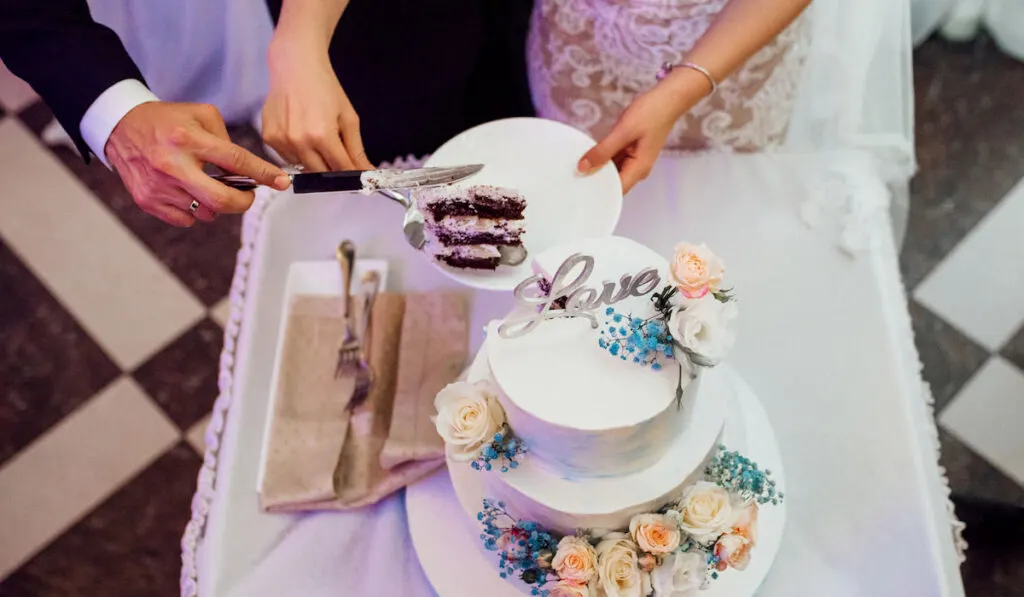
Based on our research, a majority of people say wedding cakes are not as tasty as regular cakes.
Some say that bakers focus more on the appearance of wedding cakes, causing lower taste quality.
On the contrary, bakers do not put as much effort into the appearance of regular cakes. They put sufficient effort into both the appearance and taste, so regular cakes come out tasty while looking decent.
Cost
Factors like time, number of tiers, and number of servings affect the price of wedding cakes.
So considering what we have discussed, it is easy to understand why wedding cakes are generally more expensive than regular cakes.
In the U.S., the average cost of a wedding cake is around $350. But you can spend as little as $150 or as much as $1,000. Then in extreme cases, one can spend as much as $40,000 on a wedding cake.
On the flip side, regular cakes cost less than $300.
Flexibility in Design
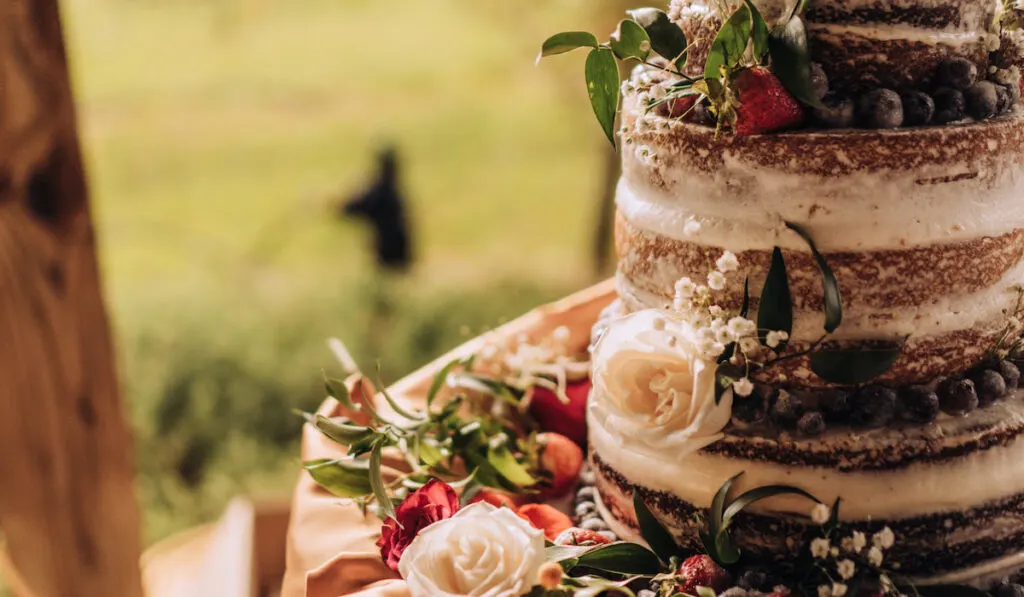
The design of a traditional wedding cake is not too flexible. But then, these days, bakers can introduce some flexibility into wedding cakes as directed by the couple.
It is not uncommon to find wedding cakes made of cheese or donuts. Some wedding cakes come as single-tier, while some have multiple tiers with dummy tiers.
On the other hand, regular cakes are relatively more flexible than wedding cakes.
Regular cakes can take on any design, inscription, color, and shape without too much consideration for a theme.
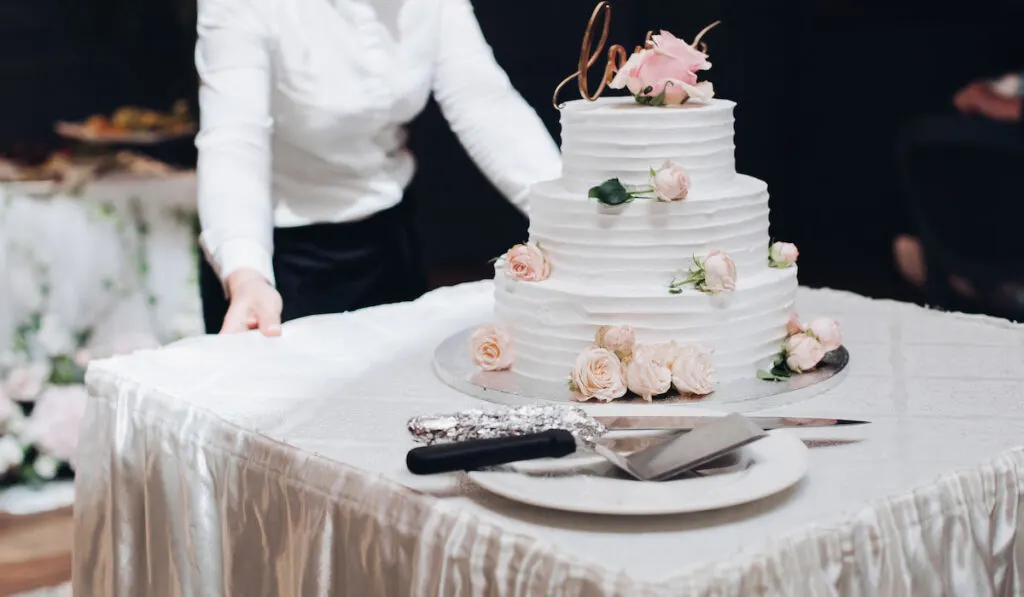
What Is the Most Popular Wedding Cake Flavor?
One of the most popular wedding cake flavors is vanilla. Vanilla wedding cakes have been popular since the mid-1900s.
However, velvet and chocolate flavors are also popular. These days, you may even find multi-layer wedding cakes consisting of vanilla, chocolate, and velvet layers.
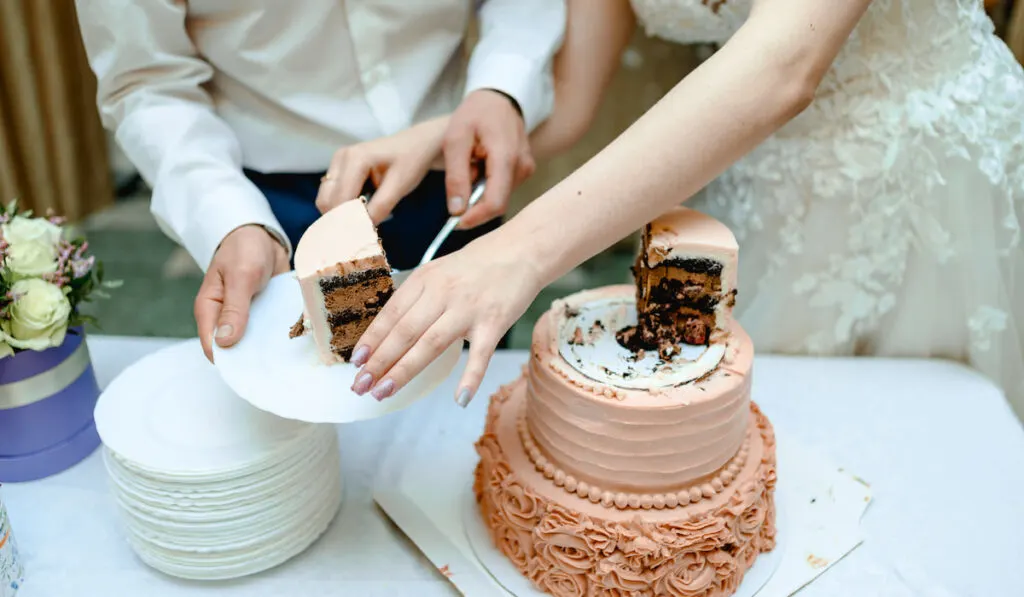
Are Wedding Cakes Always White?
Wedding cakes are not always white. The use of white icing for cakes may have stemmed from tradition and as a show of affluence.
Traditionally, white represents purity. So white wedding cakes may have been popular because they were a way to denote the bride’s virginity.
Also, white wedding cakes became popular through Queen Victoria.
Refined white sugar was expensive then, so only the wealthy could afford white icing. Therefore, a white wedding cake became a status symbol.
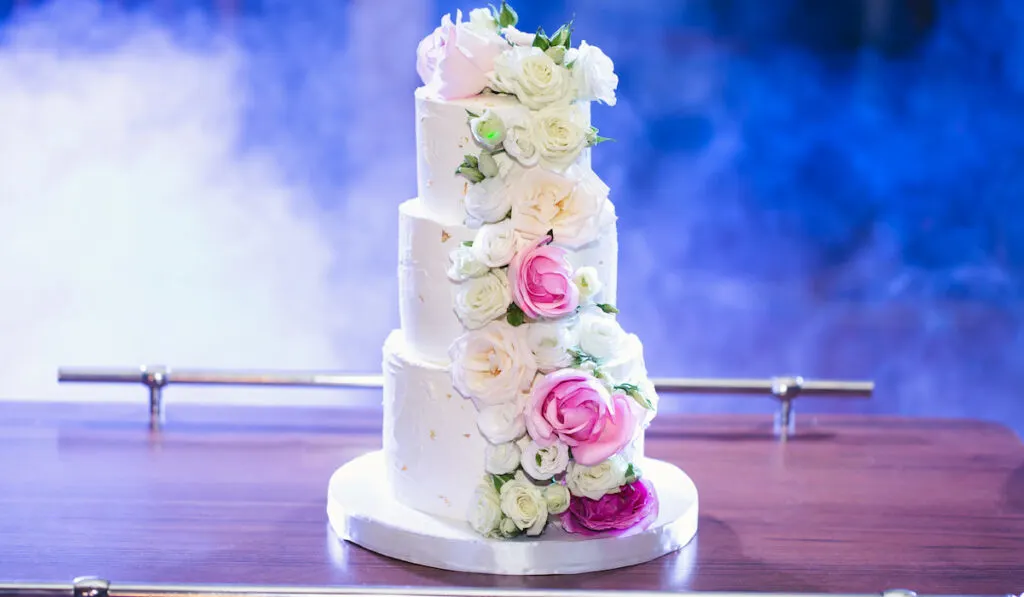
Final Thoughts
Wedding cakes are expensive and more intricate than regular cakes. It takes more time to make them, and they are typically white. On the other hand, regular cakes are sometimes tastier than wedding cakes, and their design is pretty flexible.
Resources
- https://www.weddingideasmag.com/wedding-cake-tiers-sizes-servings/
- https://bustld.com/articles/why-do-wedding-cakes-cost-more-than-birthday-cakes
- https://www.baking-forums.com/threads/wedding-cake-versus-birthday-cake.931/
- https://www.confectionatelyyoursbakery.com/cake-pricing.html
- https://www.brides.com/wedding-cake-cost-guide-5071392
- https://labellecakecompany.co.uk/2020/03/23/why-are-wedding-cakes-white/
- https://www.zola.com/expert-advice/what-are-the-most-popular-flavors-for-a-wedding-cake
